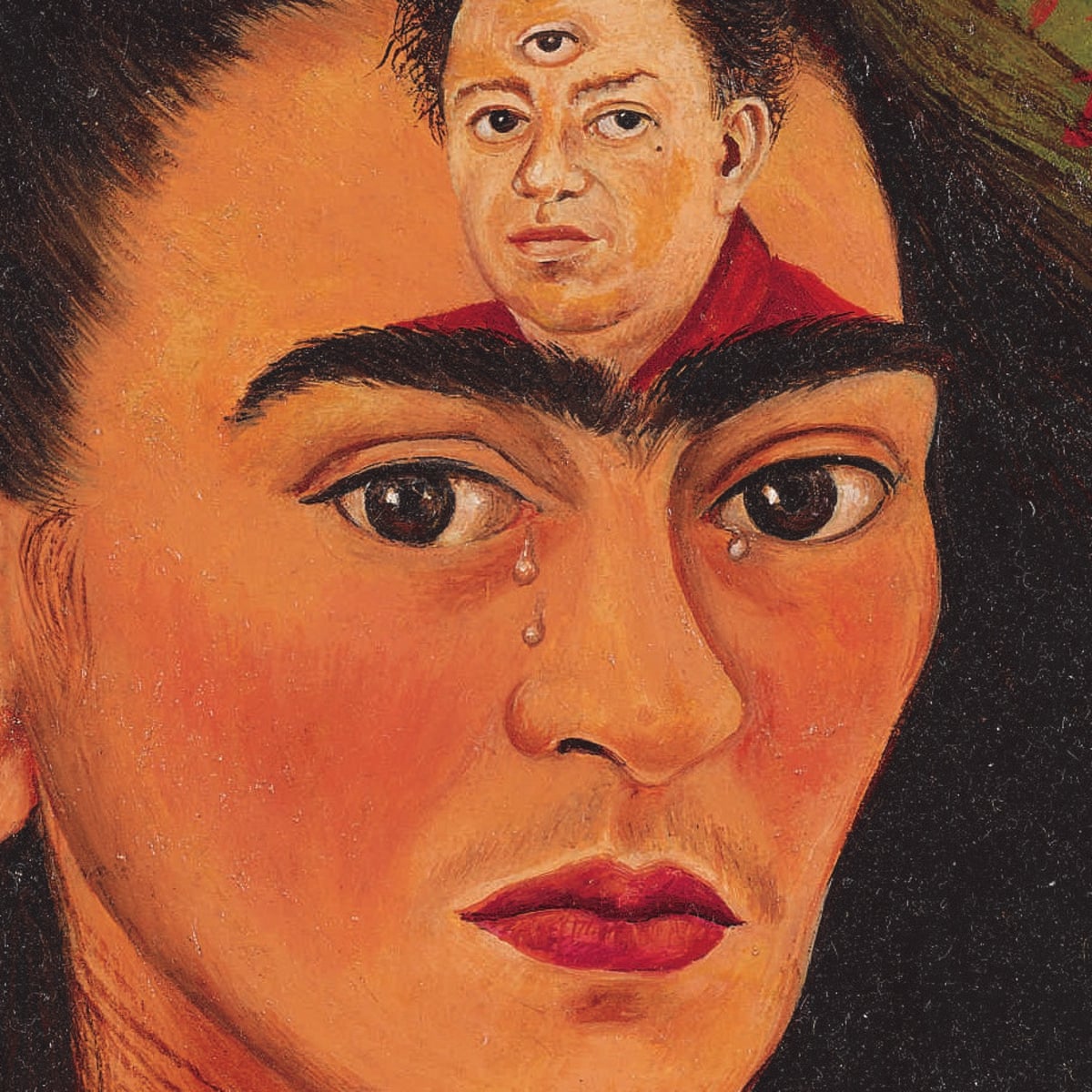Frida Kahlo: A Comprehensive Look at the Life and Legacy of a Legendary Artist

Frida Kahlo stands as a towering figure in 20th-century art, celebrated for her deeply personal and symbolic paintings. Her work, often characterized by stark imagery and vibrant colors, seamlessly blends elements of Surrealism and Magic Realism. This article delves into the multifaceted life of Frida Kahlo, exploring her early struggles, artistic triumphs, personal tribulations, and enduring impact on the world of art and beyond.
Quick Profile Overview
| Full Name | Magdalena Carmen Frida Kahlo y Calderón |
|---|---|
| Date of Birth | July 6, 1907 |
| Age (as of 2024) | 117 (if alive) |
| Occupation(s) | Painter |
| Nationality | Mexican |
| Ethnicity | Mexican |
| Height | 5 ft 3 in (160 cm) |
| Net Worth (2024) | N/A |
| Source of Wealth | Painting, Exhibitions |
| Parents | Guillermo Kahlo, Matilde Calderón y González |
| Marital Status | Married |
| Spouse | Diego Rivera |
| Education | National Preparatory School, Mexico City |
| Known for | Self-portraits, Symbolism, Surrealism |
| Major Awards | N/A |
Early Life and Background
Born on July 6, 1907, in Coyoacán, Mexico, Frida Kahlo was the daughter of Guillermo Kahlo, a German photographer, and Matilde Calderón y González, of indigenous Mexican and Spanish descent. Her early life was marked by significant health challenges, including a bout with polio at the age of six, which resulted in a slight limp. Despite these difficulties, Kahlo demonstrated an early interest in art and enrolled at the National Preparatory School in Mexico City, where she was one of only a few female students.
The Genesis of a Storied Career
Early Beginnings and Influences
Kahlo's artistic journey began in earnest after a near-fatal bus accident in 1925 left her with severe injuries and chronic pain. During her lengthy recovery, she turned to painting, using her art as a means of self-expression and coping with her physical and emotional suffering. Her early works were heavily influenced by Mexican folk culture, incorporating bright colors and symbolic imagery reflective of her heritage.
Breakthrough and Recognition
Kahlo's talent soon caught the attention of renowned Mexican muralist Diego Rivera, whom she married in 1929. Despite their tumultuous relationship, Rivera played a crucial role in championing Kahlo's work. Her first solo exhibition took place at the Julien Levy Gallery in New York in 1938, garnering critical acclaim and cementing her status as a formidable artist. Kahlo's self-portraits, in particular, became celebrated for their raw honesty and emotional depth.
Recent Developments and Posthumous Fame
Although Frida Kahlo passed away on July 13, 1954, her legacy has only grown in the decades since. Her childhood home, Casa Azul, was transformed into a museum, attracting visitors from around the world. In 2002, her life was immortalized in the film "Frida," starring Salma Hayek, which brought renewed interest to her work and life story.
Financial Legacy
While precise figures on Frida Kahlo's net worth are not available, her paintings have fetched millions at auction. Her financial legacy is tied to the immense cultural value of her work, which continues to inspire and influence artists globally. Kahlo's paintings are held in prestigious collections, and her story has been the subject of numerous books, exhibitions, and films.
Personal Life: Love, Pain, and Resilience
Relationships and Family
Frida Kahlo's personal life was as vibrant and tumultuous as her art. Her marriage to Diego Rivera was marked by both passionate devotion and infidelity on both sides. Despite their numerous separations and a brief divorce, the two remained deeply connected until her death. Kahlo's health issues, including multiple surgeries and miscarriages, added further complexity to her personal narrative.
Public Image and Media Perception
Kahlo's public image has oscillated between that of a tragic figure and a feminist icon. She was unapologetically herself, often defying societal norms with her unconventional appearance and outspoken personality. While she faced criticism and controversy during her lifetime, she is now celebrated for her contributions to art and her role as a trailblazer for women and marginalized communities.
Enduring Legacy and Influence
Frida Kahlo's impact transcends the art world. She is considered a symbol of resilience and individuality, inspiring countless individuals with her story of overcoming adversity. Her work continues to be studied and revered, and she remains a cultural icon in Mexico and beyond. Kahlo's influence can be seen in contemporary art, fashion, and popular culture, where her image and motifs are frequently referenced.
Frequently Asked Questions
What inspired Frida Kahlo's art?
Frida Kahlo's art was deeply inspired by her personal experiences, including her health struggles, her relationship with Diego Rivera, and her Mexican heritage. Her work often features symbolic elements and explores themes of pain, identity, and femininity.
How did Frida Kahlo's accident affect her life and art?
The bus accident Kahlo experienced at age 18 left her with severe injuries and chronic pain, which influenced much of her art. During her recovery, she began painting, and her works often reflect her physical and emotional suffering.
What is Frida Kahlo's most famous painting?
One of Frida Kahlo's most famous paintings is "The Two Fridas" (1939), a powerful double self-portrait that explores themes of identity and emotional conflict.
How did Frida Kahlo's relationship with Diego Rivera influence her work?
Diego Rivera was both a mentor and a muse for Kahlo. Their passionate and tumultuous relationship influenced much of her work, with many paintings reflecting the complexities of their marriage.
Why is Frida Kahlo considered an icon of feminism?
Kahlo is considered an icon of feminism for her unapologetic self-expression, her defiance of traditional gender roles, and her exploration of female identity and experience through her art.
Frida Kahlo's life and work continue to captivate and inspire, offering a testament to the power of art as a means of personal and cultural expression. Her legacy endures, celebrated by art enthusiasts and cultural historians alike.